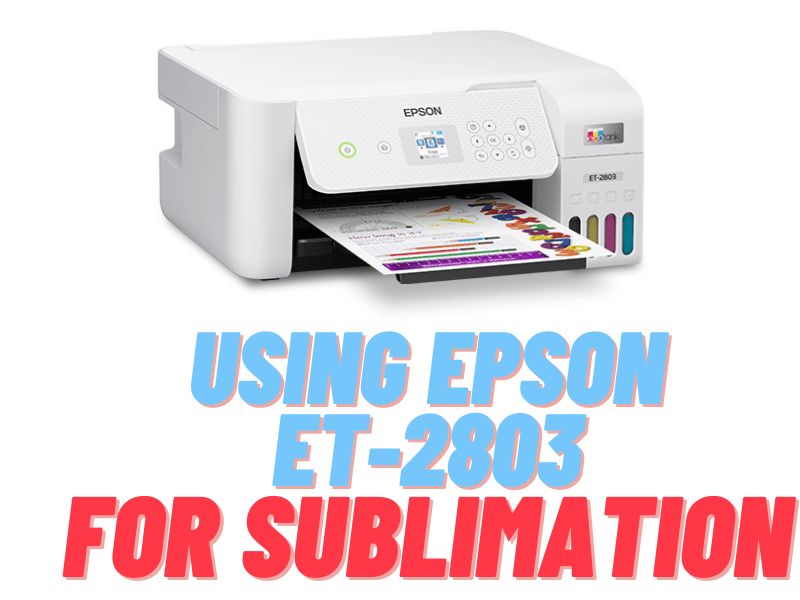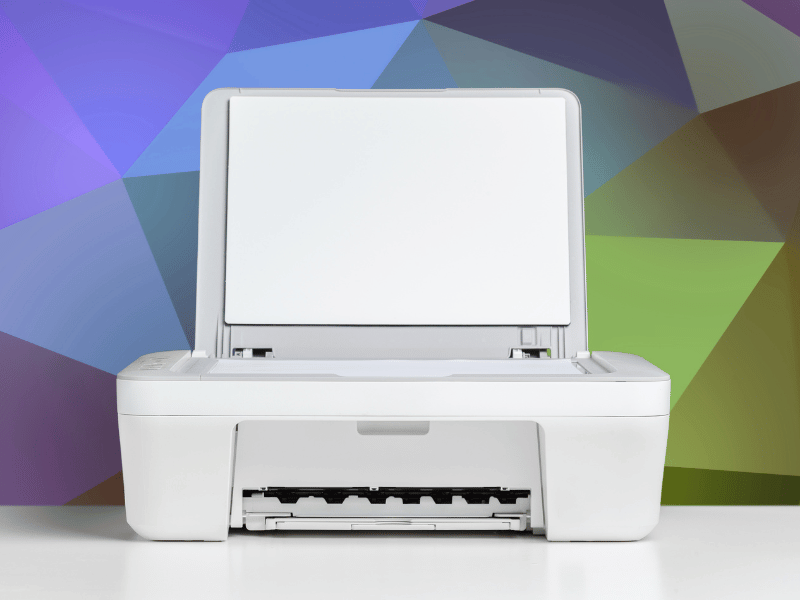For a long time, DTG was the superior option when it comes to printing graphic images on garments. But that has since changed since the launch of DTF. This printing technique has hit the interest of not only small studio print-on-demand businesses but the entire industry as well.
And every time, it wins as the favorite choice. To understand this shift of interest from one method to another, let’s look at Direct to Film printing Vs Direct to Garment. And that includes their pros, cons, similarities as well as differences. Let’s start:
What is DTF printing?
This is a printing method that relies on heat-press and a special film to print images on all types of garments.
DTF Printing Steps:
- Print on the special film
- Use adhesive powder
- Powder melting
- Transfer
- cold peel
- post pressing
What is DTG printing?
This method relies on a special ink-jet tech to transfer images on the garments directly. Simply, you’ll be printing directly on the fabric as you would on a piece of paper using the printer.
DTG Printing Steps:
- Prepare art design
- Prepare the fabric
- Pre-treatment
- Pre-heat
- Drying
- Quality inspection
DTF Printing Vs DTG:
Similarities:
When it comes to similarities, both processes utilize white ink as the base before transferring the image to the products. However, in DTG, using white ink is optional in some cases.
Differences:
- Pre-treatment:
When dealing with DTG, you need to start the printing process with pre-treatment. This is a crucial step as it prepares the fabric for direct printing by ensuring the ink stays in specific areas. As such, you don’t have to worry about the ink spreading all over the garment causing a mess. Thereafter, you’ll also need to pre-heat the garment for the pre-treatment to activate before you initiate the printing process.
On the other hand, when you’re dealing with DTF, pre-treatment is not a must. That’s because the print transfer is via a special film. Also, pre-heat which is essential in curing pre-treatment in DTG doesn’t apply. As such, it reduces the process you need to take before printing.
- Printing Process:
As the name indicates, DTG entails printing the image on the fabric or garment directly. And this makes it a better option if you want a shorter graphic printing technique. That said, there’s no need for image transfer. DTF on the other hand requires a special transfer film you’ll use to move the image onto the fabric. This can be a drawback because it lengthens the printing process.
- Adhesive Powder:
DTF process requires the use of adhesive powder that you apply on a freshly printed film before transferring the image. While it can be a manual process, you can avoid this step by getting Direct to film printers. Such printers spray the powder on the printout film automatically. DTG on the other hand doesn’t require the use of adhesive powder since you’re printing the image directly on the fabric.
- Use of White Ink:
While both processes can use white ink, it’s not essential in DTG, especially if the garment has a bright color like white. And in case you must use it, it allows you to decide where specifically on the image you must use it. On the other hand, DTF requires the use of White Ink. And that’s because it serves as the base layer when transferring the image onto the garment.
- Printing Media:
DTG printing method is specifically for cotton garments. As such, it limits you to this printing media even when you want to explore other markets. However, DTF on other hand is compatible with all types of fabrics. As such you have an option to diversify on the type of fabrics you print on.
- Image Transfer:
To complete DTG printing, there’s a step called the final press that fixes the ink on the garment. After this process, the garments are ready for use. DTF on the other hand involves using a heat transfer press. The process is manual but it only takes a few seconds.
Between DTF Printing Vs DTG, which one is best?
Both printing techniques deliver remarkable graphic prints. And that’s not all; they accommodate print personalization which consumers are more interested in. Also, they both bear noteworthy merits and drawbacks that make it hard to decide which option wins the day.
To help you out, here’s a checklist on what to consider when deciding the right option to go with. Also, consider your business interests along with these factors.
White Ink: White ink plays a crucial role in determining the clarity of the print. However, it can increase the cost of production significantly. While it’s essential in the direct to film process, DTG printing allows you to limit it in the process. With the best RIP software, you can reduce the application of White Ink during DTG printing. As such, this reduces the production cost significantly.
Final Print: Both methods provide quality graphic prints, but even so, there’s a notable difference. When using Direct to Garment, the print is fused with the garment creating a rough texture. On the other hand, DTF print is on the surface creating a smooth and plastic texture. On the positive side, the image has a realistic feel.
Printout Material: DTG printing limits you to cotton garments. However, you can print on all types of media with DTF printing. Therefore, take note.
Production Volume: Direct to Garment is best if you’re targeting faster and bulk production. However, DTF is a bit slow.




